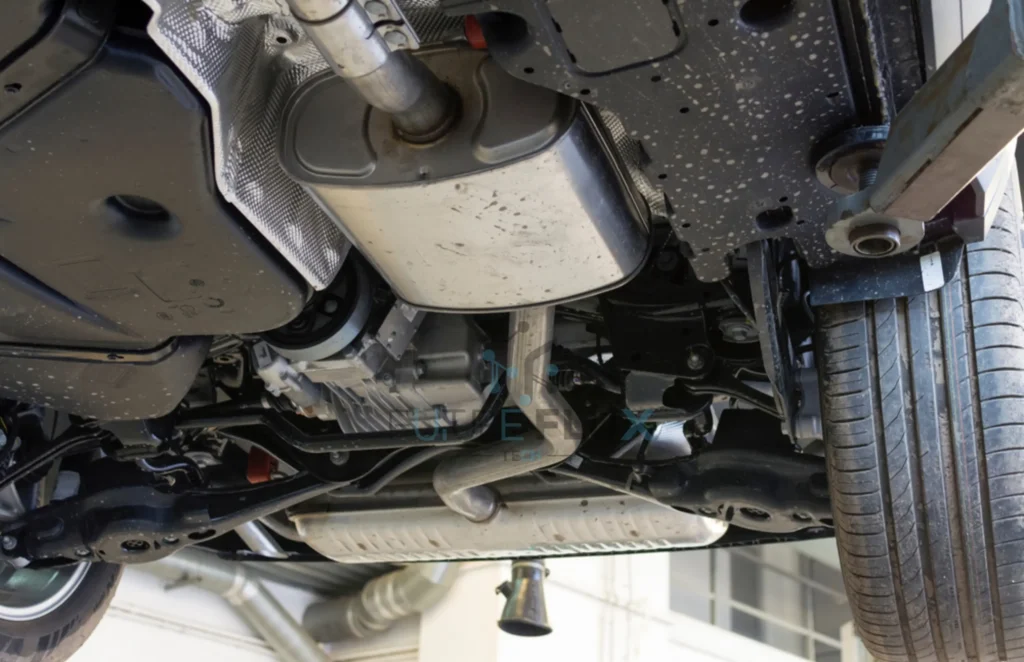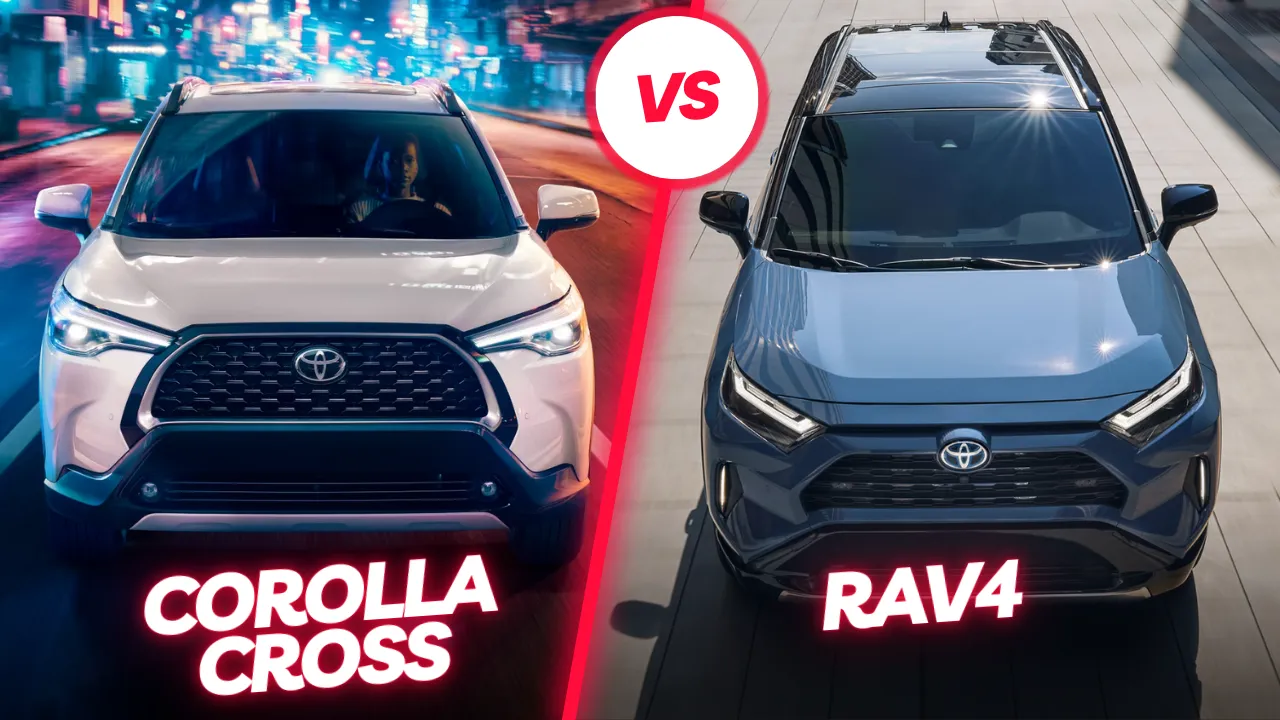Introduction
Vehicle emission control is essential for reducing pollution and protecting the environment. The catalytic converter is crucial in this mission since it greatly lowers toxic emissions. What about electric vehicles, though? Are catalyst converters required for EVs? Let’s examine catalytic converters in electric cars and how they function in modern vehicles.
What are Catalytic Converters?
Devices called catalytic converters are included in exhaust systems of cars to change harmful gases and pollutants into less harmful emissions. Since the 1970s, they have been a standard feature on both gasoline and diesel cars. To initiate chemical processes that convert pollutants such as carbon monoxide, hydrocarbons, and nitrogen oxides into carbon dioxide, water vapour, and nitrogen gas, these converters utilise a substance called a catalyst, which is typically constructed of platinum, palladium, and rhodium.
The Function of Catalytic Converters
Chemical reactions drive the functions of catalytic converters. The essential elements are materials with a large surface area for these reactions and the catalyst. The catalyst breaks down dangerous substances, causing oxidation and reduction reactions when exhaust gases pass through the converter.
Electric Cars and Emission Systems
With the rise of electric vehicles (EVs), the nature of emission systems for electric cars has evolved. Unlike traditional vehicles, EVs produce zero tailpipe emissions, making them inherently cleaner. However, the question remains: Do EVs need catalytic converters?
Do catalytic Converters Be Used in EVs?

Catalytic converters are essential to reducing pollution. On the other hand, because battery-powered electric vehicles don’t emit any exhaust, catalytic converters are not necessary. Catalytic converters in electric cars, however, might still be useful in some hybrid models or as an aspect of a more comprehensive emission control plan.
Catalytic Converters in Electric Vehicles
At this time, catalytic converters are not needed for fully electric vehicles. However, hybrid vehicles still need catalytic converters because they combine electric motors with internal combustion engines. Although this hybrid strategy lowers overall emissions, it still uses catalytic converters to control combustion engine exhaust gasses.
Catalytic converters in Hybrid Vehicles
The catalytic converters in hybrid cars differ from those in conventional vehicles because they have two power sources. These converters have more complicated designs and functions since they have to manage different exhaust compositions. Hybrid systems use sophisticated catalytic converters to reduce emissions while maximising efficiency.
EV Emission Control Technologies
While pure EVs do not need catalytic converters, EV emission control technologies are evolving. Alternative emission technologies in EVs focus on reducing environmental impact throughout the vehicle’s lifecycle, from production to recycling. Innovations include advanced battery recycling methods and cleaner manufacturing processes.
Electric Vehicle Pollution Control
Effective electric vehicle pollution control is essential to fully realising the environmental benefits of EVs. This includes reducing emissions from manufacturing and recycling processes, which can be significant. Technologies such as renewable energy-powered factories and improved recycling techniques are at the forefront of this effort.
Advantages of Catalytic Converters in EVs
Catalytic converters offer significant environmental benefits for hybrid vehicles. They reduce harmful emissions and help hybrids achieve better air quality standards. Technological developments in catalytic converter design also improve durability and efficiency.
Challenges with Catalytic Converters in EVs
Despite their advantages, catalytic converters can be difficult to use in EVs. One technical challenge involves developing converters that can manage the distinct emission characteristics of hybrid cars. The price of the precious metals needed to make catalysts may be an issue from a financial perspective.
Regulations and Standards
Catalytic converter requirements for electric cars vary globally. While pure EVs are exempt, hybrids must comply with stringent emission standards. Understanding these regulations is crucial for manufacturers and consumers alike to ensure compliance and optimal vehicle performance.
Future of Catalytic Converters in Electric Vehicles
The future of catalytic converters in electric vehicles seems promising, provided further research and development is done. Emerging technologies like solid-state batteries and hydrogen fuel cells may impact how well catalytic converters work in hybrid and alternative-fuel vehicles.
Understanding Catalytic Converters in Hybrid Electric Vehicles
Catalytic converters are necessary for hybrid cars since they combine internal combustion engines and electric motors to control pollution. These converters lessen pollution by utilising precious metals, including rhodium, palladium, and platinum. Hybrids comply with environmental regulations because EV emission control technologies are becoming more efficient and integrated, despite their high cost.
Emission Control Strategies for Electric Vehicles: Beyond Catalytic Converters
It’s crucial that we investigate EV emission control solutions while talking about catalytic converters for electric vehicles. Pure electric cars (EVs) have no exhaust emissions, so they don’t need catalytic converters; however, alternative ways exist to lessen their environmental impact. These include lightweight materials, regenerative braking systems, sustainable battery technology, and cleaner production processes. EVs continue to be an environmentally friendly means of transportation because of the advancement of EV emission control technologies, which greatly reduce emissions and their negative environmental effects.
Regulations and Standards for Catalytic Converters in Electric Vehicles
Understanding electric car catalytic converter requirements is crucial when exploring electric car catalytic converters. Regulatory bodies like the EPA and EU set standards to reduce emissions and improve air quality. While pure EVs don’t need converters, hybrids must comply with these regulations. Manufacturers must innovate EV emission control technologies to meet evolving standards, ensuring compliance and environmental protection.
Conclusion
In conclusion, catalytic converters are not necessary for pure electric cars, but they are for hybrids and alternative-fuel cars. The catalytic converter market for electric automobiles is changing, which emphasises the significance of continuous innovation and adaptation in pollution control technologies. Gaining insight into these systems’ complexities enables us to recognise the progress made toward a greener, cleaner future.
FAQS
- Are catalytic converters found in electric vehicles?
Hybrid cars feature catalytic converters; pure electric vehicles do not.
- Why won’t catalytic converters be needed in EVs?
Since EVs do not produce any exhaust, catalytic converters are not required.
- Are EVs equipped with any pollution control technologies?
Indeed, alternative technologies aim to decrease the impact of production and recycling on the environment.
- What problems do hybrid cars’ catalytic converters have?
The primary obstacles are technical and financial challenges.
- How will catalytic converters in EVs be used in the future?
They will play a different function in hybrid and alternative fuel vehicles depending on ongoing advances and emerging technology.
I’m Waqas, an electric vehicle enthusiast and tech writer with over 6 years of experience covering the EV industry. I write in-depth articles, comparisons, and reviews to help readers understand the fast-evolving world of electric mobility. From battery technology to EV launches and charging trends, I aim to make complex EV topics simple, engaging, and informative for everyday drivers and curious readers alike.





